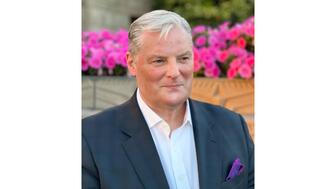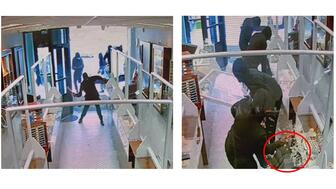Authorities said the robbers fled with jewelry and 70 Rolex watches, later taking pictures of themselves posing with big stacks of cash.
Squirrel Spotting: Who Needs Jewelry?
No one really but, luckily for us, people shop with their hearts, not their heads, Peter Smith writes.

Buying jewelry makes absolutely no sense on a rational level. Even if customers had better transparency about why things cost what they cost, the idea that they pay thousands of dollars for jewelry just boggles the mind. Or does it?
Why do people buy jewelry? For that matter, why do they buy timepieces or quality writing instruments? Is it to signal that they are “in a relationship?” To “tell time?” To “write their grocery list?” Of course not.
We buy jewelry because the act of shopping itself ignites a neurological reward system in our brains that makes us feel good. Really good. Chocolate good.
Those neurological pathways have nothing to do with facts, figures or rationality, but don’t ever construe lack of rationality with a lack of need. The need is real. It is emotive, and it is often subconscious.
In “The Four: The Hidden DNA of Amazon, Apple, Facebook, and Google,” Scott Galloway wrote: “The heart is a vast market. Why? Because most of our actions, including purchases, are driven by emotion. It’s easier, and more fun, than to turn to the killjoy brain for a predictable cost-benefit analysis, where the answer to ‘Should I buy this?’ is usually ‘No.’”
When a customer walks into your jewelry store, they have a need.
It might not be a readily identifiable occasion, such as a marriage, birthday or anniversary, but it is no less a need. In fact, I might suggest that a “no occasion” visit is filled with just as much possibility as one of the aforementioned milestones.
“Overloading customers on meaningless information is not a recipe for sales success. In fact, it’s probably the single biggest detriment to engaging customers.” — Peter SmithWhen we anticipate rewards—owning and wearing something beautiful, something that our friends and family will notice, something that will set us apart—we get a dopamine rush in our brains that supersedes any menu of details and product information offered by many salespeople
If you have ever found yourself wondering how a specific salesperson is so successful despite not being a product expert, the answer lies in that rush of dopamine.
Those salespeople are successful because they consistently tap into the emotional reasons that people make buying decisions. They don’t waste time tripping over meaningless product details and rationalizations.
That does not mean that a salesperson should not have a functional knowledge of the products they are selling, but it does mean
I used to work with a guy who liked to challenge the idea of making assumptions. He would frequently admonish that to “assume” is to make an ass of you and me. Get it … ass-u-me.
With respect, here’s my take: Always assume that a customer will buy when he or she visits your store. No exceptions.
Believing that customers visit your store to kick tires is unforgivable. The customer might not be able to immediately articulate why she or he is there but make no mistake, there is a very powerful reason.
It’s our job to make that emotional connection and to inspire them to reward themselves with a beautiful piece of jewelry.
Peter Smith is president of Vibhor, a public speaker and author of “Sell Something” and “Hiring Squirrels.” He spent 30 years building sales teams in retail and wholesale and he can be contacted at dublinsmith@yahoo.com, peter@vibhorgems.com, or on LinkedIn, Facebook or Twitter.
The Latest

Lotus Gemology founder Richard W. Hughes has translated Heinrich Fischer’s 1880 book “Nephrit und Jadeit” from its original German.
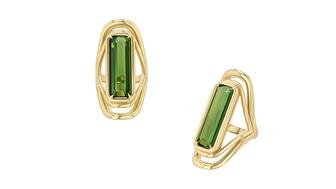
The ring's design features contrasting lines influenced by work from architecture-inspired photographer Nikola Olic.
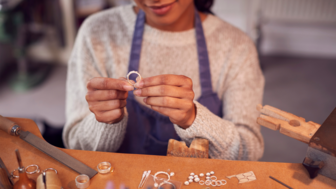
Bench jewelers spend years honing their skills, Jewelers of America’s Certification validates their talents.

The Conference Board’s index fell as consumers continued to worry about the impact of tariffs, the labor market, and the price of eggs.


However, two medieval jewels surpassed estimates at Noonans Mayfair’s recent jewelry auction in London.

The Oscar-nominated actor debuted in the campaign for the new “Top Time B31” collection, which introduced Breitling’s Caliber B31.
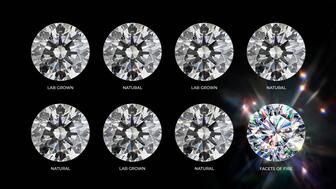
Natural diamonds mean more than lab-grown, but when every cut is ideal, they all look the same. Customers want more—Facets of Fire delivers.

The Congress is scheduled to take place May 19-22 in Brasilia, Brazil.

The “150 Art Deco” collection features a Miss America timepiece and a pocket watch from the brand’s Archive Series.

Alex Wellen, formerly CEO and president of MotorTrend Group, has taken on the role.

The Impact Initiative is part of the nonprofit association’s new three-year strategic plan.
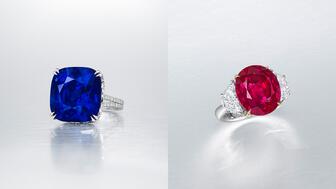
The ruby and the sapphire, which Christie’s calls a “once-in-a-generation masterpiece,” are part of the upcoming Hong Kong jewelry auction.
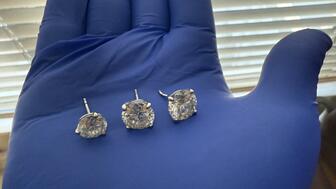
The two pairs of earrings, snatched from a Tiffany & Co. store in Orlando, Florida, are valued at a combined $769,500.

The time to start experimenting with video content is now, writes columnist Emmanuel Raheb.
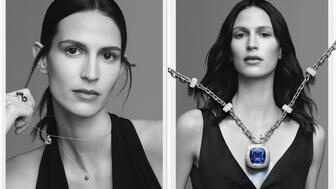
From striking high jewelry to miniature fine jewelry, the new chapter continues to highlight gemstones featuring its signature 57-facet cut.

The jewelry giant is reducing its senior leadership by 30 percent as part of its new turnaround strategy.

The auction house's partnership with online watch servicing platform WatchCheck makes repairs convenient and accessible, it said.
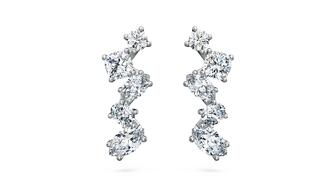
The company also noted record sales in the United States and a strong performance in its jewelry category.
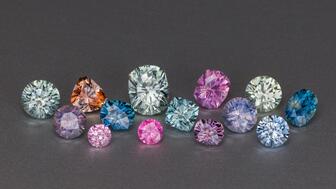
The event, set for June 13-15, will feature educational presentations and guided visits to the state’s sapphire mines.
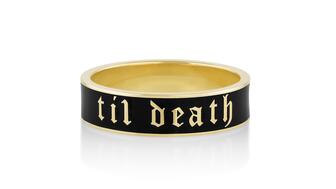
After the black enamel band became a best-seller for the brand, it has now launched an enamel ring personalization program.
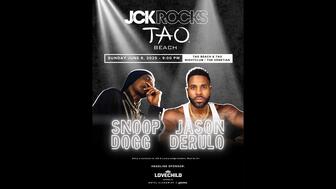
The rapper and singer-songwriter will perform at Tao Beach on June 8.
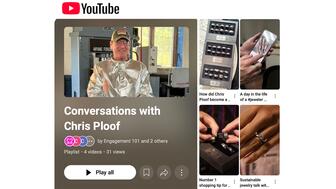
“Conversations with Chris Ploof” covers tips for men buying wedding bands, behind-the-scenes footage of Ploof in his studio, and more.

As lab-grown diamond brands pop up across India, academics are researching how to grow demand outside of the jewelry industry.
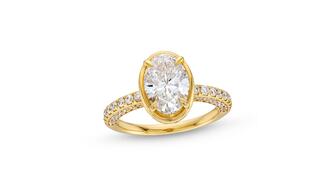
The moves are part of the retailer’s new turnaround plan, “Grow Brand Love,” which also includes emphasizing brand loyalty over store banners.

The “Rush Hour” campaign stars Zoë Kravitz in bold, wearable pieces designed to make a statement in the workplace.
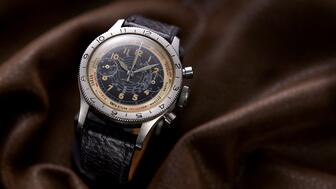
Breitling is reviving Gallet, which was founded in 1826 and is known for making watches used in the early days of long-distance travel.




